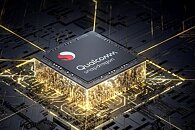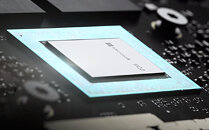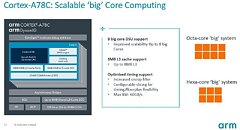
DFI Launches New Windows-on-Arm Products
DFI, the world's leading brand in embedded motherboards and industrial computers, proudly announced the launch of its innovative product lineup featuring Windows on Arm (WoA) at Embedded World 2024. DFI NXP products deliver high power efficiency and seamlessly integrate Windows on Arm, introducing a new era in computing where the traditional stronghold of Windows on x86 processors is evolving.
Arm and Microsoft revealed a compelling study that projected an 81% growth in the Windows on Arm market within the next five years. DFI's commitment to embracing this dynamic landscape is evident in its latest product offerings, designed to unlock the true potential of WoA. The diverse NXP product lineup included Single Board Computers, system-embedded Box PCs, and Panel PCs tailored to various customer needs.
Arm and Microsoft revealed a compelling study that projected an 81% growth in the Windows on Arm market within the next five years. DFI's commitment to embracing this dynamic landscape is evident in its latest product offerings, designed to unlock the true potential of WoA. The diverse NXP product lineup included Single Board Computers, system-embedded Box PCs, and Panel PCs tailored to various customer needs.














